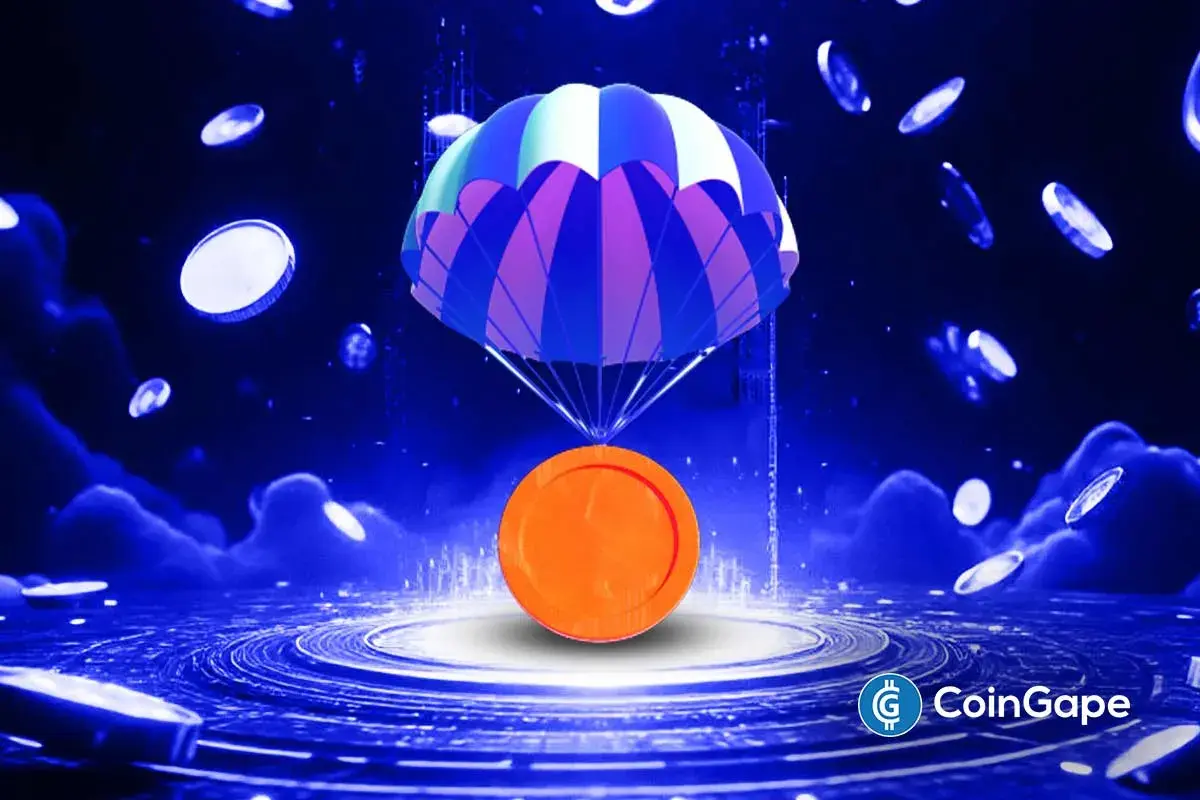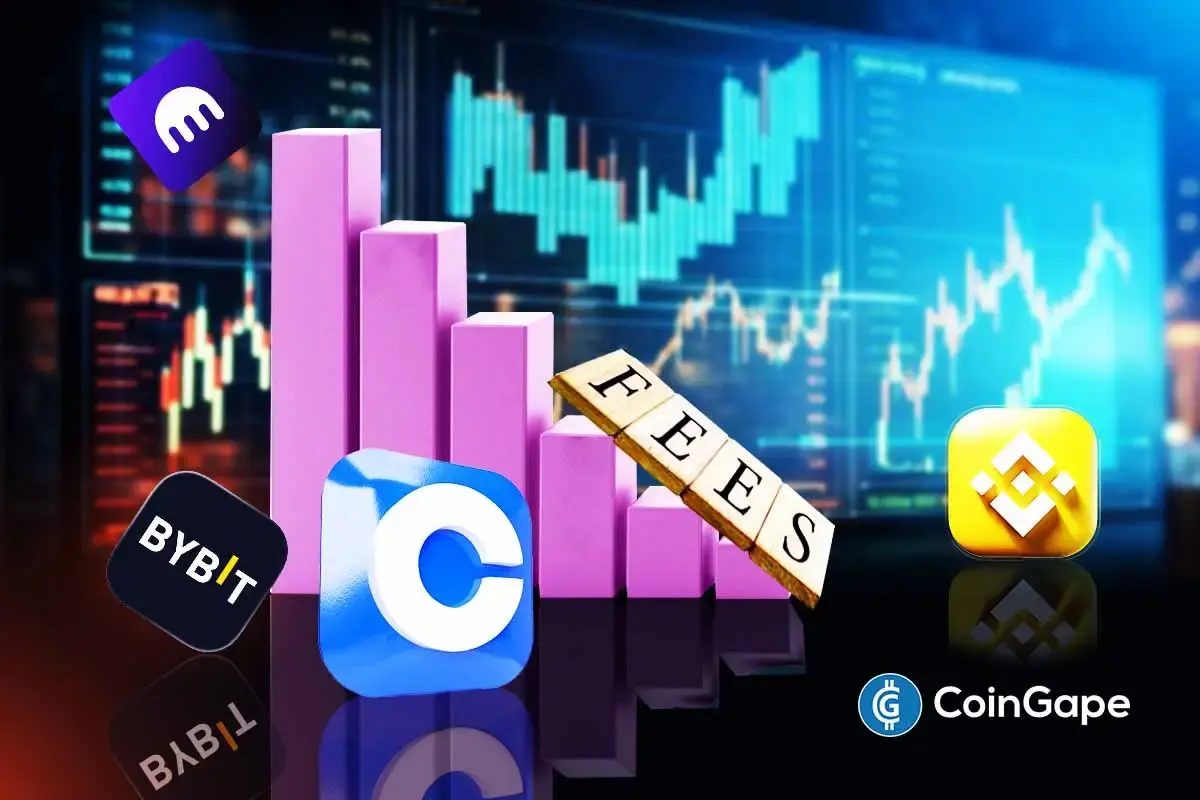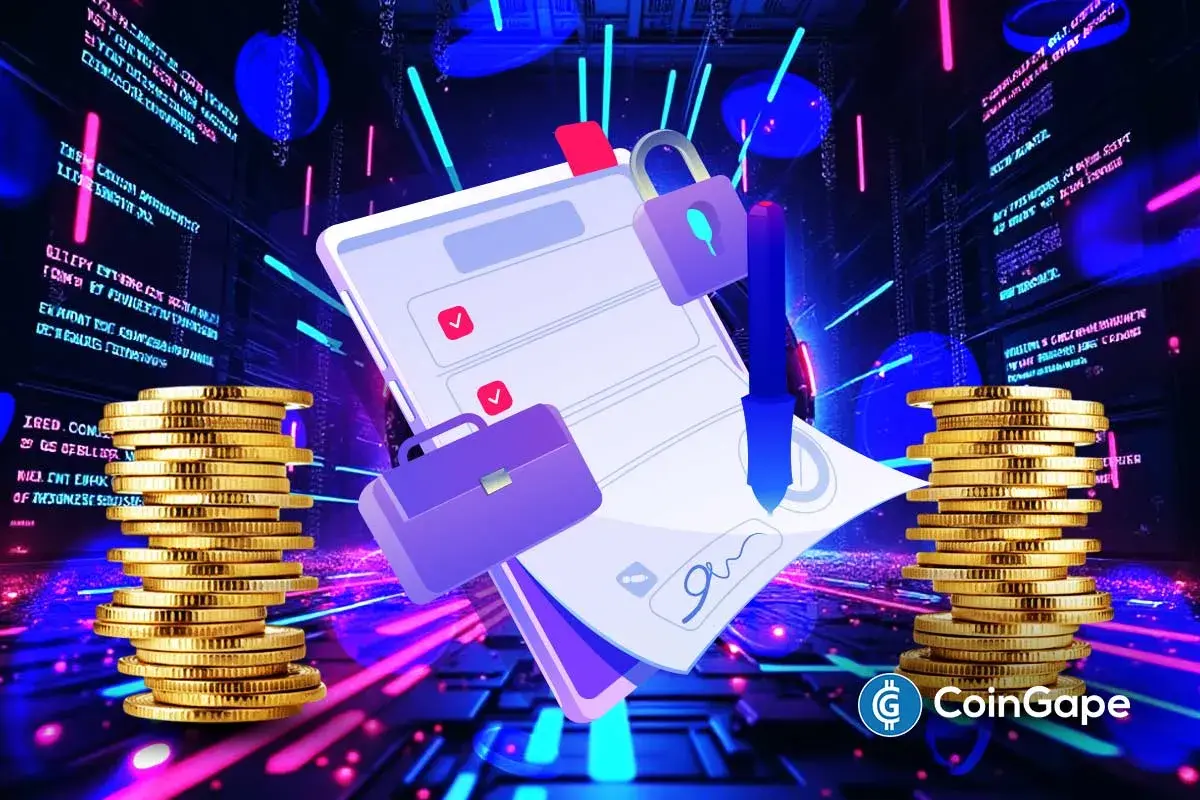The excitement of crypto trading elevates when there are interesting elements in the mix. And two among them, presales and airdrops, have always been aspects that move the market forward. One is about giving tokens for free or in exchange for small tasks, and the other is a way to sell cryptos at a discount.
Both help with a project’s marketing before launch, and both could be considered drivers of why certain assets are better than the rest. However, the differences are subtle, and it is time to understand how deep they go.
Why Are Airdrops Launched ?
“Join the project and get a 500 USDT bonus” and “Sign up to become part of the upcoming 50 USDT airdrop” are just some of the phrases that instantly give the feeling that a platform is trying to reward users. But what is the purpose behind it? The answer is very simple: community growth and awareness.
Airdrops are not tokens created out of thin air. Their goal is to spread the word about the project and get tokens to the initial user base as quickly as possible. They also act as instruments that encourage users to visit the website and test the platform. By making users feel more valued, this approach strengthens the project’s marketing prospects. Increased visibility can also give the project a much-needed boost in price action.
Take MYX Finance, for example. The native crypto of the MYX exchange has earned recognition as one of the best airdrop platforms on the BNB Chain. Even WLFI’s arrival on the exchange came with a small airdrop. This had an impact on the MYX price, which has grown by more than 1400% in the last seven days.
Airdrop Types
Every airdrop yields the same result, but not all airdrops are the same. Based on their purpose and how they become accessible, there are multiple types.
- Reward-based airdrops are centered around tasks and quests. Users must complete a set of tasks, often related to marketing, to earn a share of the airdrop.
- Staking-based airdrops are given to holders who believe in the network and are willing to stake their tokens. They act as a reward for standing with the project.
- Loyalty-based airdrops may appear similar to staking airdrops. However, the difference is that they are meant for long-term customers and the earliest adopters. Companies provide them as a sign of appreciation for their support.
What is the purpose of a presale?
Presale is the act of putting a token on sale before it finally launches on an exchange. This gives investors a chance to grab tokens at a discount in the hope that the crypto will surge in price after listing. In simple words, funding. Projects organize presales to secure capital before being listed at crypto exchanges. This approach allows developers to gauge market sentiment toward their product while also using the funds obtained to support development, marketing strategies, and other operational needs. It is a form of direct investment that increases a project’s visibility before the exchange listing takes place.
Typical structures of Presale
There are three types of presales. The structure of each is based on the timing of the presale and the investor class it is designed for.
- Seed round is meant for top investors in closed groups. These are generally venture capitalists who provide the initial large funds to get the project moving. They often act as strategic partners.
- Private sale is a round for a select group of investors. These can include retail investors chosen from a whitelist or venture capital firms that are able to provide significant backing with added perks.
- Public sale is the most common type of presale and is what the term “presale” is most often associated with. Open to retail investors, this form of presale usually has a tiered pricing structure that offers potential gains before the token is listed on exchanges.
Key Differences Between Airdrops & Presales
The difference between airdrops and presales is clear. One is designed to make users feel rewarded, and the other makes them feel as if they are capturing a high-potential project early. The stark differences, however, are more pronounced.
Cost for participants
With an airdrop, participants do not have to pay anything. All that is required are tasks. In the case of presales, however, users must buy the token at a discount, but it is still a purchase.
Investor expectations
Users who receive tokens through airdrops may sell them quickly for the sake of quick profits. With presales, however, the expectation is long-term upside that could potentially deliver 10x or even 100x gains.
Token Allocation Purpose
The purpose of an airdrop is to raise awareness about the project while expanding its reach through token distribution. Presales, however, focus on allocating tokens in exchange for raising funds to support the project’s overarching goals.
Risks & rewards
Airdrops do not pose any financial risk, but the rewards are usually limited and evenly distributed. Presales, on the other hand, carry capital risk since tokens must be purchased. That said, they can provide significant returns to investors.
When Should a Project Choose Airdrops vs Presales?
Projects focusing on awareness and community growth should lean on the rewarding attributes of an airdrop. However, projects that need funds to achieve long-term goals should choose presales.
Conclusion
Airdrops and presales are not mutually exclusive. At times, they can work together and complement each other. Airdrops can generate buzz and attract presale investors, while presales can give off a rewarding vibe if early buyers also receive airdrops. Both approaches can increase a project’s value, and both hold immense importance in the world of crypto.










